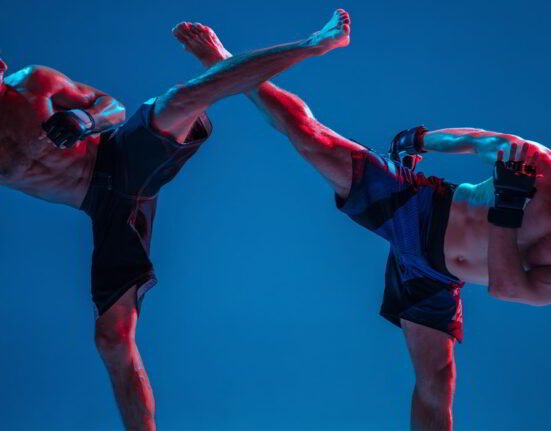In response to demands for more diversity and representation in toys, Mattel, the maker of the popular Barbie doll, has released a new version of the doll with Down syndrome.
Let’s understand what it looks like! The National Down Syndrome Society and Mattel (MAT) worked closely to develop the latest Barbie doll’s shape, features, clothing, accessories, and packaging to ensure that it appropriately depicts a person with Down syndrome. These genetic condition affects cognitive ability, causing mild to severe learning disabilities as well. The doll features, designs and symbols often associated with the Down syndrome community, and even incorporates orthotic shoes that individuals with the syndrome may wear.
Many disability rights groups and netizens have expressed happiness and excitement about the launch of the new Barbie with Down Syndrome. Many people view the move as a positive step towards including and representing people with disabilities. In addition, the introduction of the new Barbie with Down syndrome has the potential to have a big impact on the toy business as a whole. This is especially crucial in a world economy where inclusivity and diversity are appreciated more and more.
However, is this enough? Critics may criticize the launch for being merely a token gesture or marketing ploy that overlooks. The more significant problems with representation and inclusion in this industry. Is one Barbie with Down syndrome sufficient? In order to provide toys that reflect a greater spectrum of identities and experiences, toy companies need to do more. We still need to do much work to represent many identities and disabilities that are currently underrepresented. Even though there is a long way to go, this Barbie acts as a significant milestone and reminds us of the power of representation.













Leave feedback about this